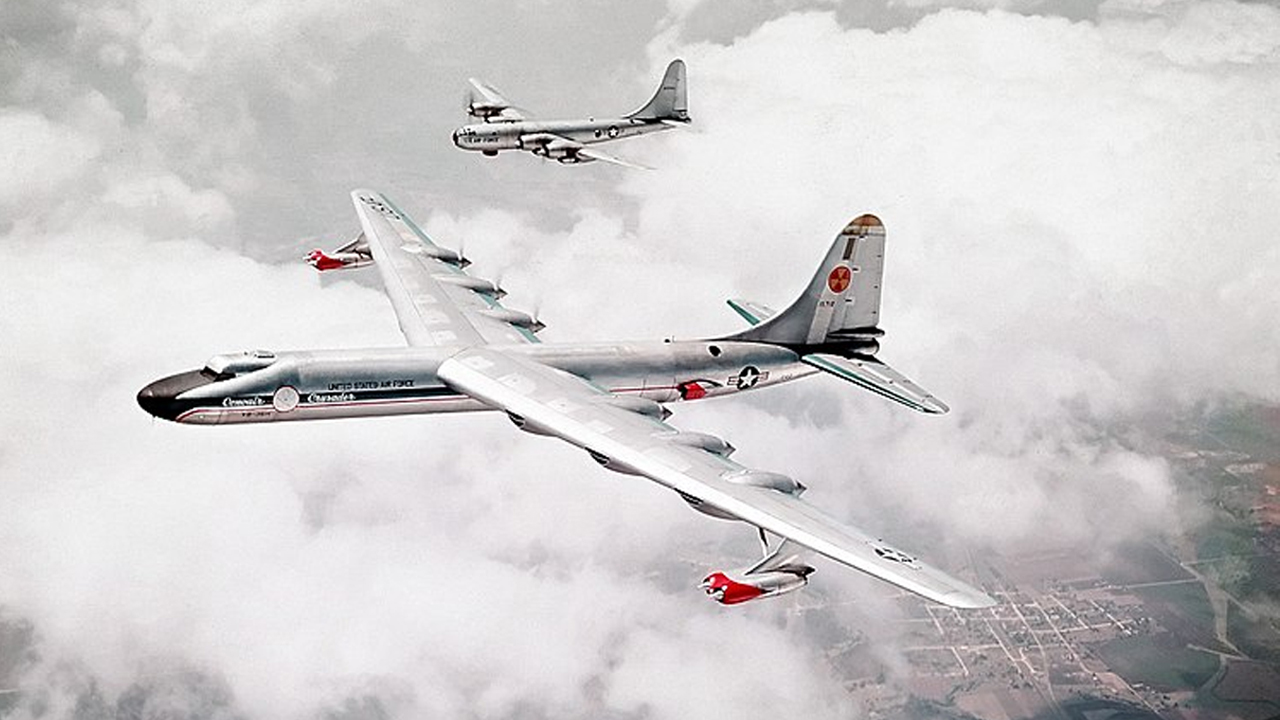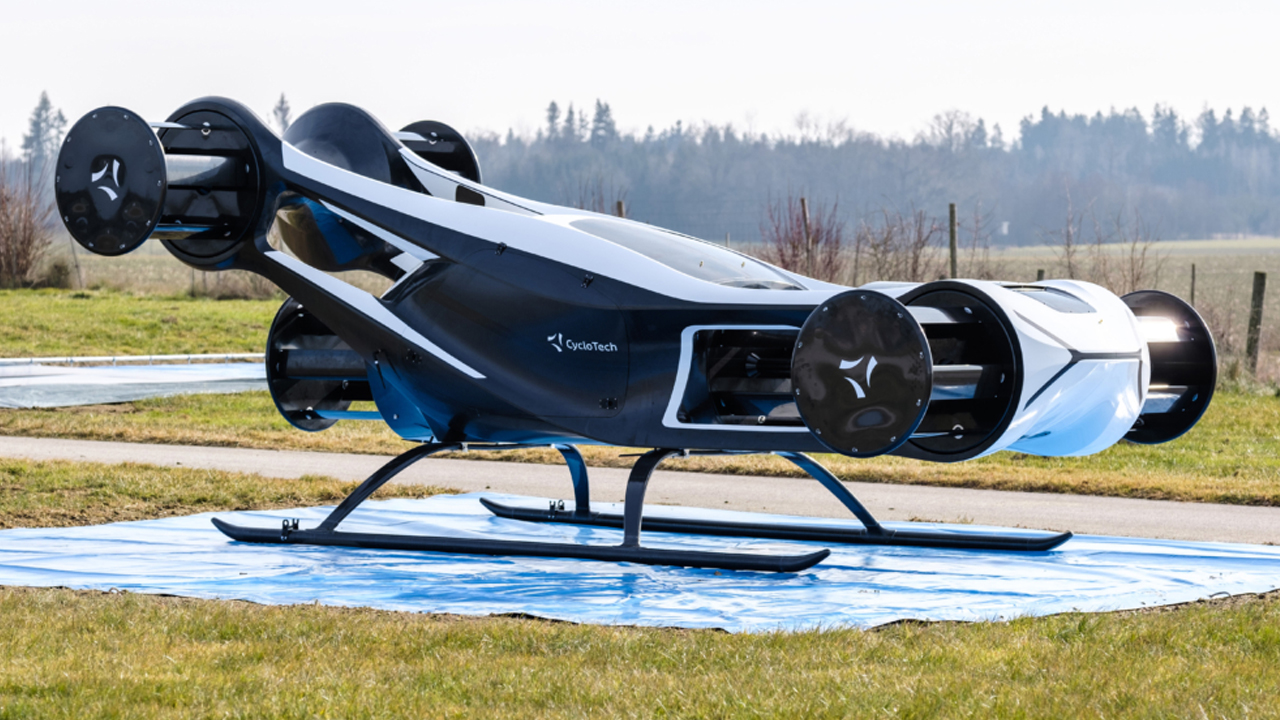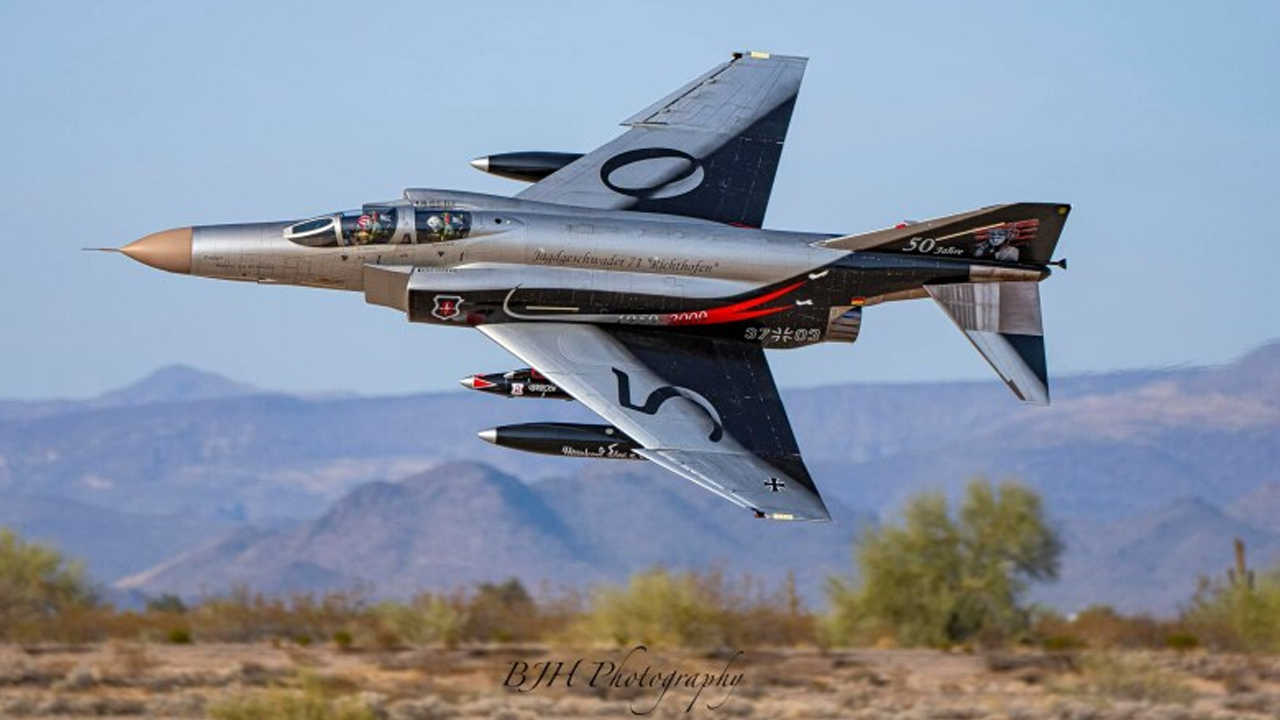At the height of the Cold War, U.S. defense planners dreamed of a bomber that could fly for days—maybe even weeks—without needing to refuel. That ambition led to the Aircraft Nuclear Propulsion program, a high-stakes collaboration between the Air Force and the Atomic Energy Commission. The most visible result was the Convair NB-36H: a massive test aircraft fitted with a working nuclear reactor. According to Air Force Materiel Command, it completed nearly 50 test flights between 1955 and 1957, flying with the reactor powered on for close to 90 hours—though it never actually used it to propel the aircraft.
The Promise and the Pitfalls
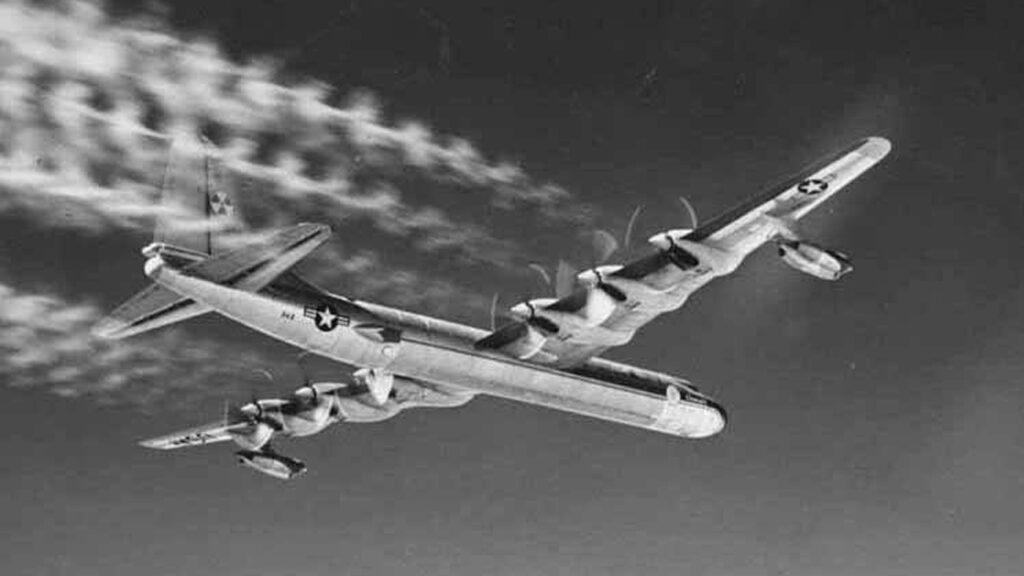
The idea of nuclear-powered flight offered one huge advantage: range. A bomber powered by a reactor could, in theory, stay airborne indefinitely, dodging missile strikes and always remaining just out of reach. But that dream came with a catch. Engineers had to build radiation shielding that wouldn’t weigh the aircraft down—and do it quickly. As The Atlantic once noted, the logistics were daunting, the risks were massive, and by the time the reactor worked, intercontinental missiles were already making bombers look outdated.
What It Left Behind
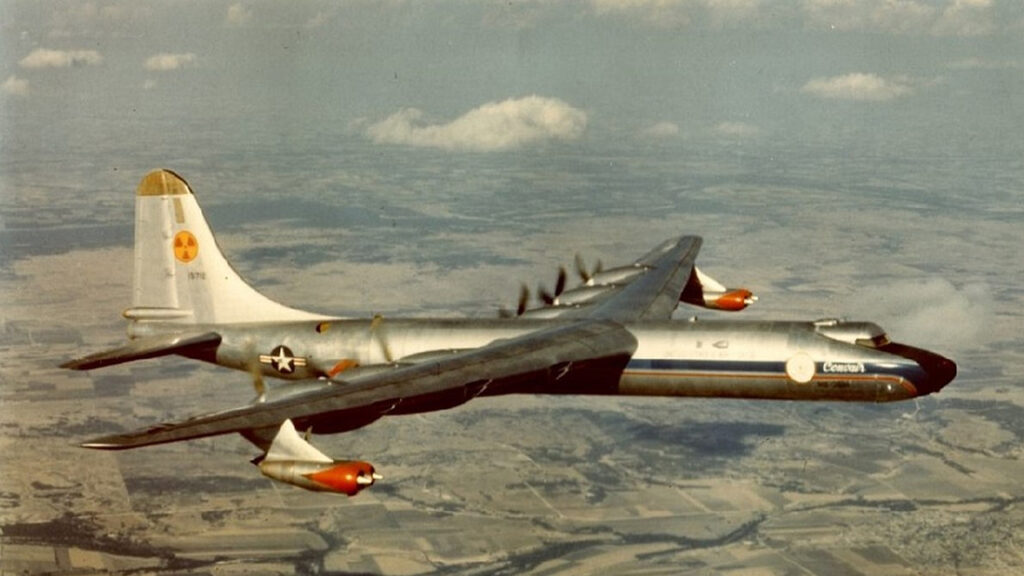
The program was shut down in 1961, but it wasn’t a total loss. Lessons from the NB-36H helped shape later experiments in compact reactor design and radiation protection in aerospace environments. The test data collected became reference material for future propulsion concepts—many of which are still being explored today. Smithsonian’s Air & Space Quarterly reflected on the NB-36H’s legacy as a strange but significant chapter in nuclear aviation history.
The Aircraft That Made People Nervous
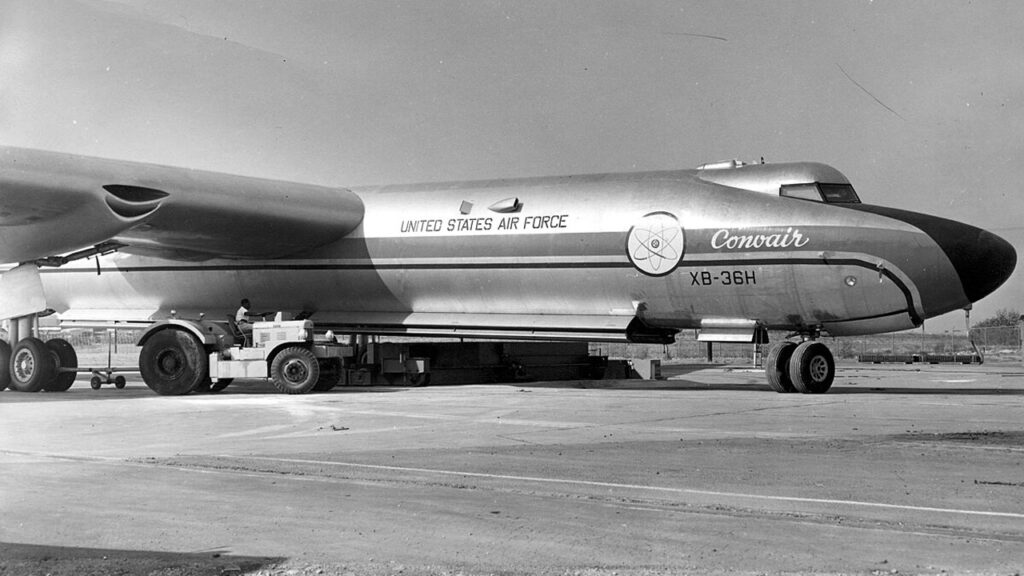
What’s often forgotten is just how unnerving the project was—even to those involved. People living near flight paths didn’t always know there was a nuclear reactor cruising overhead. Pilots admitted they were uneasy, and even military brass debated whether the whole thing was pushing the envelope a little too far. It was daring, sure—but it was also dangerous, and it became clear that the potential consequences outweighed the promise.
A Bold Idea Buried in the Past
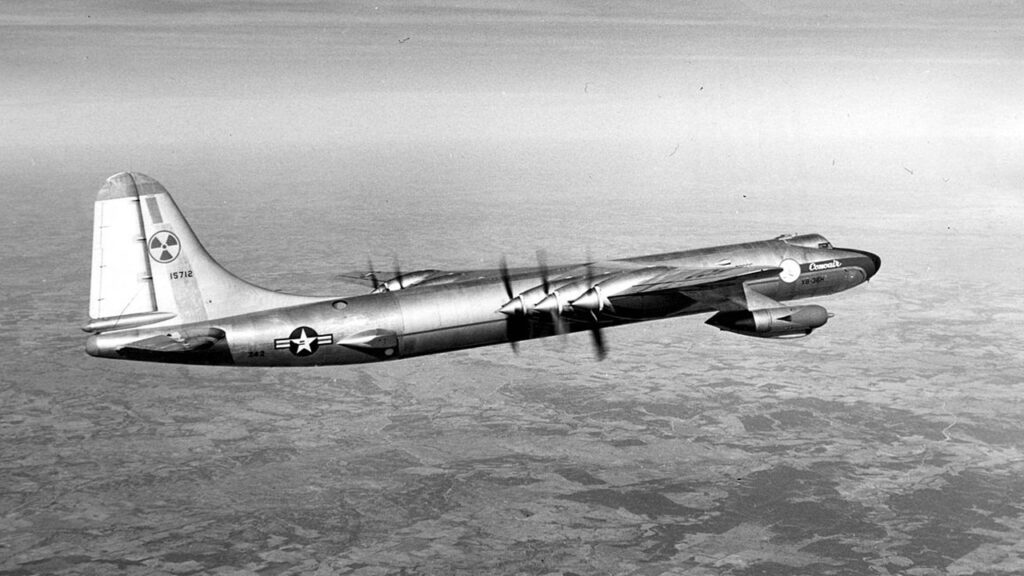
In the end, the NB-36H didn’t become the future of flight—but it did represent something very Cold War: unshakable confidence in science, paired with a willingness to gamble big. The nuclear-powered jet may have faded into obscurity, but the questions it raised about risk, technology, and strategy still hover in the background of aerospace development today.


